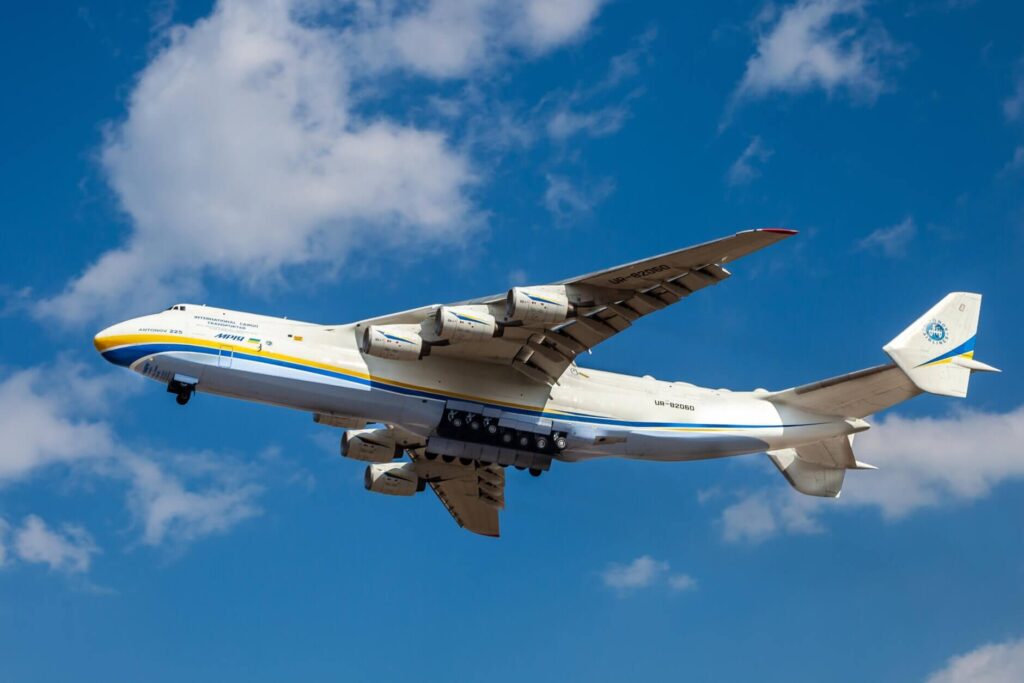The Ukrainian plane manufacturer Antonov started a fundraiser to rebuild the An-225 Mriya aircraft which was destroyed during the attack on Hostomel Airport by Russian troops.
On March 24, 2022, Antonov CEO Sergii Bychkov published an appeal on the company’s Facebook page.
“Dear citizens of all countries of the world! Among all transport aircraft, the An-225 Mriya aircraft occupies a special place,” Bychkov said. “Despite the difficult times, the staff of Antonov firmly considers it necessary to prevent the complete and irreversible loss of the legendary aircraft as one of the symbols of modernity and to begin work on reviving the flagship transport aircraft An-225 Mriya. […] We propose to establish the International Fund for the Revival of the An-225 Mriya transport aircraft.”
The An-225 Mriya (which means ‘Dream’ in Ukrainian) was developed as part of the Soviet space program to transport the space shuttle Buran as well as large rocket components. It flew for the first time in 1988. With six engines and 32 tires, it could transport up to 640 tons, making it the most powerful aircraft ever created, and the largest operating.
The aircraft was stored at Hostomel Airport, where Antonov Company is headquartered, when the Russian invasion started on February 24, 2022. Located in the vicinity of Ukraine’s capital city Kyiv, the airport was attacked on the first day of the invasion. The alleged goal of Russian paratroopers sent onto the site was to establish a bridgehead for more troops to be flown in. During the battle for Hostomel’s control, Mriya was critically damaged.
A second unfinished airframe of the An-225, initially intended for ground testing, is stored in Hostomel. However, its current status is unknown. It is unclear at this point whether Antonov plans on using that second airframe or not in its restoration effort.
The Ukrainian state conglomerate and parent company of Antonov, Ukroboronprom, estimated that the restoration of the Antonov An-225 Mriya would cost more than $3 billion and take in excess of five years.

